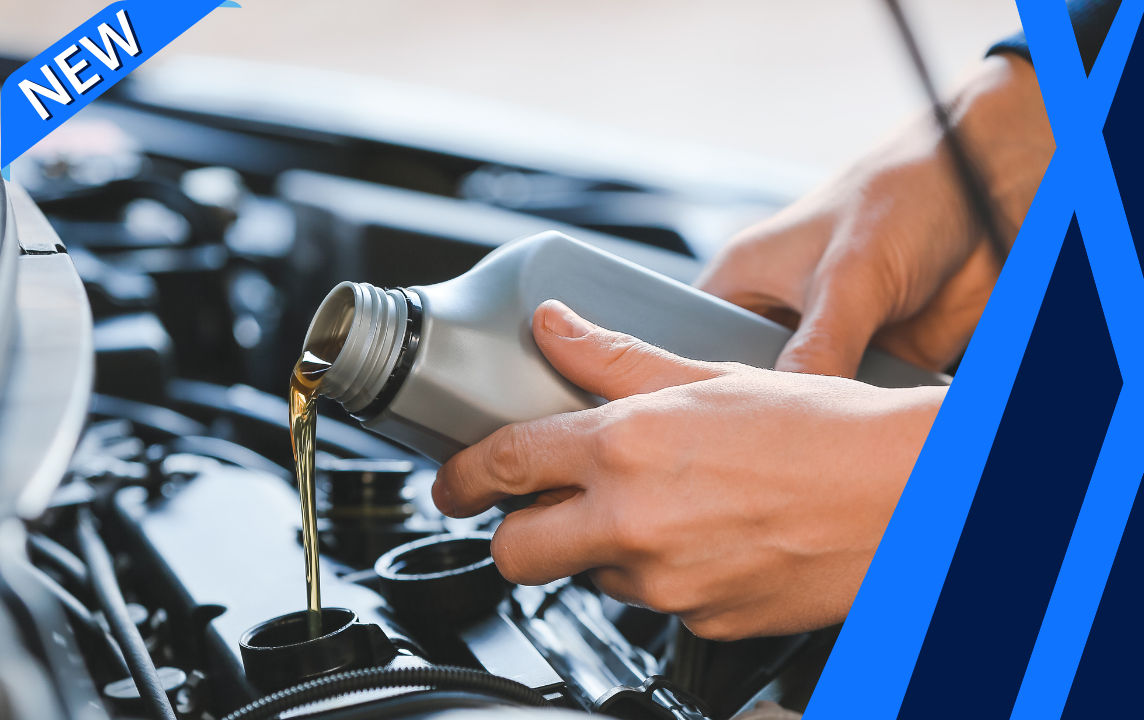Description
Brake Drum Replacement
What are brake drums and how do they work?
A brake drum is a heavy, cast-iron brake system part that looks like shallow, several centimetres-high cylinders about 23 to 30 cm in diameter. The brake drum has a precisely machined surface all around the interior circumference, that the brake shoes make contact with when you apply the brakes, transmitting hydraulic pressure through the wheel cylinder. This forces the brake shoes outward against the interior of the brake drum, resulting in friction that causes the car to slow. The brake drum is mounted over, and fully encloses, all of the rear brake components such as the wheel cylinder, springs and clips, brake shoes, and parking brake mechanism. The drum is commonly held to the wheel hub by the wheel and the lug nuts, but some configurations combine the drum with the wheel hub as one unit. Nowadays, a drum brake type system is only installed on the rear axle, if used at all, as 4 wheel disc type systems have become more common.
When to consider replacing brake drums:
- Reduced braking effectiveness. If the brake drum is unevenly worn, scored or cracked, it will increase stopping distances. A cracked drum must be replaced outright but a worn drum can be restored on a brake lathe so long as enough metal material remains.
- Pulsating brakes, pulling to one side, vibration or noise. If a brake drum is warped, is unevenly worn, or perhaps the brake shoes have worn down completely — creating metal-to-metal contact — you might detect pedal pulsation, the vehicle may pull to one side, or you might feel a vibration or hear a noise when you apply the brakes. The brake system will have to be inspected to pinpoint the exact problem.
- Brake shoe replacement. Anytime the brake shoes are replaced, the drum must either be resurfaced or replaced outright. Installing new brake shoes on a used, unresurfaced drum will lead to poor results.
- Loss of parking brake function. The parking brake locks the brake shoes against the brake drum. If the brake drum is cracked, the parking brake lever will pull up excessively and the car may still be able to roll. However, a more common circumstance is parking brake maladjustment or seizure of parking brake components. Repair of those problems will often require the removal of the brake drum.
How do mechanics replace brake drums?
There are two options when it comes to brake drum service: outright replacement or resurfacing. In some cases, it is cheaper to replace the drum rather than refurbish it. In both cases though, the removal and installation procedure for the drum is the same.
- Raise the vehicle and safely support it using steel jack stands.
- Remove tire and wheel assembly.
- Remove the brake drum. Sometimes the brake drum has rusted to the wheel hub and removal of the drum will require a brake drum puller. In some cases, the wheel hub is integral to the brake drum, in which case the hub-bearing retaining bolt and the wheel bearing must be removed to replace the drum.
- Measure the interior diameter of the machined surface in the drum with a brake drum micrometre or similar measuring tool. If sufficient metal exists to resurface the drum on a brake lathe, the mechanic will compare the cost of such restoration to the alternative: buying a new drum.
- Prior to installing the resurfaced or new drum, the brake shoes, springs, wheel cylinder, parking brake mechanism, and backing plate are all inspected. All worn parts should be replaced. Generally, if drums have been replaced or resurfaced, new brake shoes should be installed. The worn shoes will cause irregular wear in the brake drum and reduce braking effectiveness.
- The shoes are adjusted and the drum is installed. The wheel and tire assembly are installed and torqued in the proper sequence and the car is road tested to check the operation of the brakes.
Is it safe to drive with a brake drum problem?
No. Should there be a deficiency with the brake drums, stopping distances will not be as short as possible. In a panic stop, stopping just five or ten feet shorter could be the difference between no collision and a collision. Any deficiency in a vehicle’s braking system is a cause for concern and a potential safety issue. Have the brake drums inspected at your earliest convenience to determine if a problem exists and find out what must be done to fix it.
When replacing brake drums keep in mind:
- With few exceptions, brake work on one end of an axle should be performed on both ends of the axle. Should a brake drum on one end of a front or rear axle be serviced, or brake shoes on one end are serviced, both sides of the axle should receive the same service. This helps to avoid problems, such as pulling, vibration, and so forth, once the vehicle is returned for use.
- Brake drum systems use very powerful springs to keep the brake shoes in position. These springs are exposed to extreme heat. It is best practice to replace all springs whenever new shoes are installed. Should a spring unexpectedly break in the brake drum assembly, a mispositioned brake shoe could cause the brakes to grab and lock, which would pose a safety issue.
- If the wheel hub and bearing are integral to the brake drum on your car, the mechanic may recommend the replacement of the grease in the wheel bearings and inspection of the wheel bearings.
- Since the arc of the brake shoes will not perfectly match with the arc of the drum when new, expect a bed-in period before maximum braking efficiency is achieved.




